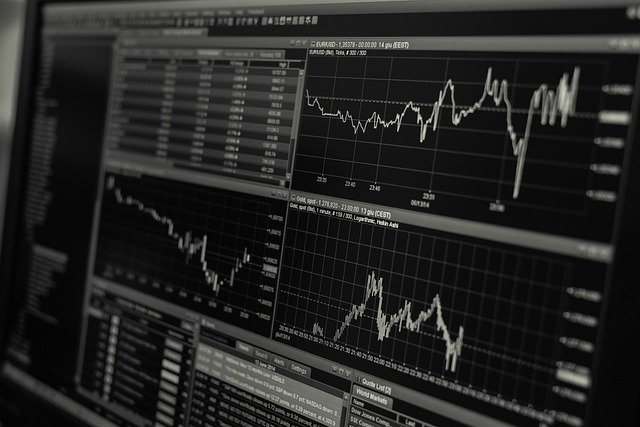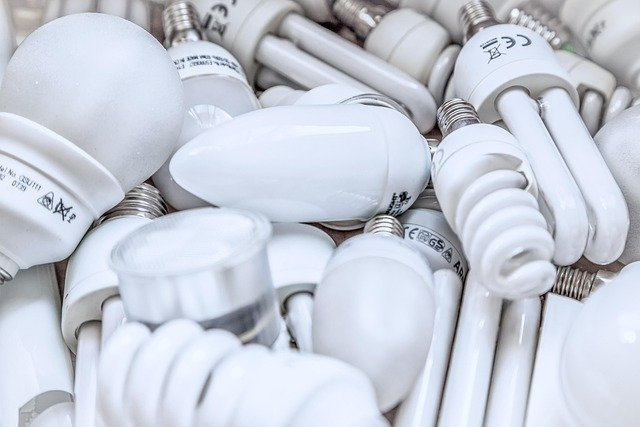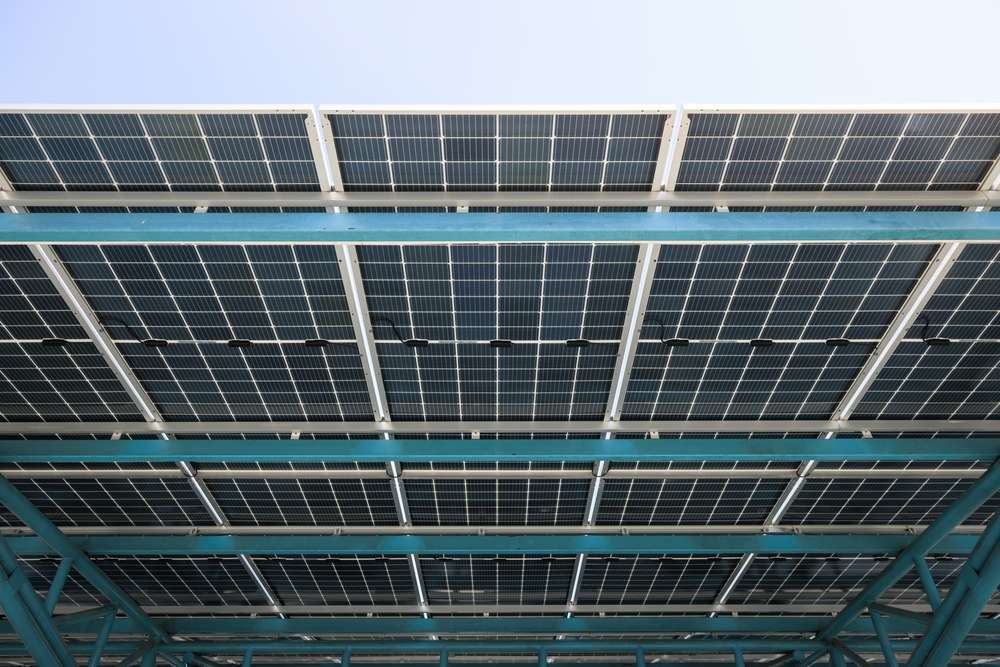How high-yield savings accounts can help grow your money faster
High-yield savings accounts offer a straightforward way to earn significantly more interest on your deposits compared to traditional savings accounts. While standard savings accounts typically offer minimal interest rates, high-yield options can provide returns that are 10 to 20 times higher, helping your money grow more effectively over time. These accounts combine the safety and liquidity of regular savings with enhanced earning potential, making them an attractive option for savers looking to maximize their returns without taking on investment risk.

How High-Yield Savings Accounts Can Help Grow Your Money Faster
The primary advantage of high-yield savings accounts lies in their superior interest rates. Traditional savings accounts at major banks often offer annual percentage yields (APYs) below 0.50%, while high-yield accounts frequently provide rates between 4.00% and 5.00% or higher, depending on market conditions. This difference becomes substantial over time through compound interest.
For example, depositing $10,000 in a traditional account earning 0.10% APY would generate approximately $10 in interest over one year. The same amount in a high-yield account earning 4.50% APY would produce around $450 in interest annually. Over multiple years, this compounding effect creates an increasingly significant gap in total earnings.
The faster growth occurs because high-yield accounts typically compound interest daily or monthly, meaning you earn interest on both your principal balance and previously earned interest. This mathematical principle, combined with higher base rates, accelerates the growth of your savings substantially compared to lower-yielding alternatives.
Comparing Interest Rates to Maximize Savings Returns
Interest rate comparison requires understanding both the APY and how frequently interest compounds. The APY represents the actual annual return including compounding effects, making it the most accurate metric for comparison. However, rates fluctuate based on Federal Reserve policies and market conditions.
Online banks generally offer the highest rates because they have lower overhead costs than traditional brick-and-mortar institutions. Credit unions may also provide competitive rates for members. When comparing rates, consider whether they are promotional rates with expiration dates or standard rates that adjust with market conditions.
Beyond the headline APY, examine rate tiers and minimum balance requirements. Some accounts offer higher rates only on balances above certain thresholds, while others provide the same rate regardless of balance size. Additionally, some institutions offer relationship bonuses for maintaining multiple accounts or meeting specific criteria.
Key Features to Look for in a High-Yield Savings Account
Essential features include FDIC or NCUA insurance, which protects deposits up to $250,000 per depositor, per insured bank. This insurance ensures your money remains safe even if the financial institution fails. Verify insurance status before opening any account.
Accessibility features matter significantly for practical use. Look for accounts offering online and mobile banking, ATM access, and reasonable withdrawal limits. While federal regulations previously limited savings account withdrawals to six per month, many banks have relaxed these restrictions, but some still maintain them.
Fee structures require careful attention. Seek accounts with no monthly maintenance fees, no minimum balance requirements, or easily waivable fees. Some accounts charge for excessive transactions, paper statements, or account closure within specific timeframes. Calculate whether fees might offset interest earnings, particularly for smaller balances.
Customer service quality and digital platform functionality affect your ongoing experience. Research user reviews, customer service availability, and mobile app ratings to ensure the bank meets your service expectations.
Benefits of Using High-Yield Accounts for Short- and Long-Term Savings
For short-term savings goals like emergency funds or vacation savings, high-yield accounts provide liquidity while earning meaningful returns. Unlike certificates of deposit or investment accounts, you can access funds without penalties when needed, making them ideal for money you might need within months or a few years.
Long-term savers benefit from compound interest acceleration over extended periods. While investment accounts might offer higher potential returns, high-yield savings accounts provide guaranteed growth without market risk. This makes them suitable for conservative portions of long-term savings strategies or as complements to investment portfolios.
High-yield accounts serve effectively as parking spaces for funds between investment opportunities or during market uncertainty. They allow money to grow safely while you research investment options or wait for favorable market conditions.
| Bank/Credit Union | Current APY Range | Minimum Balance | Monthly Fee |
|---|---|---|---|
| Marcus by Goldman Sachs | 4.40% - 4.50% | $0 | $0 |
| Ally Bank | 4.20% - 4.25% | $0 | $0 |
| American Express Personal Savings | 4.25% - 4.35% | $0 | $0 |
| Capital One 360 Performance Savings | 4.10% - 4.25% | $0 | $0 |
| Discover Online Savings | 4.20% - 4.30% | $0 | $0 |
Prices, rates, or cost estimates mentioned in this article are based on the latest available information but may change over time. Independent research is advised before making financial decisions.
Tips for Choosing the Right Account to Boost Your Financial Growth
Start by calculating potential earnings differences using online calculators with your expected deposit amounts and timeframes. This helps quantify the real-world impact of rate differences between accounts you’re considering.
Consider your banking preferences and habits. If you prefer managing all accounts with one institution, look for banks offering competitive high-yield options alongside checking accounts and other services. If you’re comfortable with multiple banking relationships, focus solely on finding the highest rates available.
Read account terms carefully, particularly regarding rate changes, fee schedules, and account closure procedures. Understand whether promotional rates apply and how long they last. Some banks guarantee rates for specific periods, while others adjust rates at their discretion.
Monitor your account regularly after opening. Interest rates change frequently, and what starts as a competitive rate might become less attractive over time. Stay informed about rate changes and be prepared to switch accounts if significantly better options become available.
High-yield savings accounts represent a practical tool for growing money faster than traditional savings options while maintaining safety and accessibility. By understanding how these accounts work, comparing available options thoughtfully, and selecting accounts aligned with your financial goals, you can optimize your savings growth without sacrificing the security that makes savings accounts valuable for financial planning.




